Gen Z and Alphas, born between the mid-1990s and the early 2010s, are wielding unprecedented influence over market trends, challenging legacy beauty brands to rethink their strategies and embrace a new era of authenticity and purpose.
Latest findings spotlight Gen Z as a powerhouse in the US economy, pouring a whopping $143 billion into the market. What sets this generation apart? Their strong preference for brands that resonate with their core values. A striking 62% of Gen Zers are willing to open their wallets wider for products from brands dedicated to making a positive impact on the environment and society. This generation isn’t just shopping; they’re voting for change with every purchase.
Legacy beauty brands are riding the wave of change, shifting gears from old-school marketing to crafting stories with purpose that click with the younger crowd. It’s all about what makes Gen Z tick: a deep sense of purpose and championing causes that matter to them. This isn’t just a change in strategy; it’s a whole new marketing playbook designed to capture the hearts of Gen Z and Alpha consumers, who crave fresh, innovative approaches. These brands are not just selling beauty anymore; they’re selling a vision that resonates with the values and aspirations of a new generation.
With Gen Z’s projected spending power set to surpass millennials by 2031, the beauty industry has witnessed a surge in spending among younger consumers, particularly in makeup, which grew 32% year-over-year.
E.l.f. Cosmetics is leading the pack with Gen Z, winning them over with high-quality, wallet-friendly products and catchy marketing. Their rise to the top shows how being genuine and engaging with customers at the right moment pays off, especially when teaming up with popular TikTok stars and launching creative online series.
Maybelline is also hitting the mark with younger audiences by making social media its battlefield, especially on TikTok, where its Sky High mascara line has become a sensation thanks to clever promotions and a mix of different online activities.
Clinique is also getting in on the action, focusing on both online and in-person experiences to draw in Gen Z. Their “Protect Your Glow” campaign, and the virtual Clinique Lab are perfect examples of mixing tech and real-world connections to keep up with what younger customers want.
Source: Clinique
The lesson from these brands? Being authentic and truly connecting with Gen Z and Alphas is key. As beauty brands navigate the shifting sands of the industry, staying genuine and engaging meaningfully with the younger crowd is essential for success.
Understanding the Preferences of Gen Z and Alphas
Characteristics and Values of Gen Z and Alphas:
Digital Natives:
Gen Z and Alphas are born into a digital world where technology is seamlessly integrated into every aspect of their lives. They are adept at navigating online platforms and consume a significant portion of their content through digital channels such as social media, streaming services, and e-commerce platforms.
Authenticity:
Authenticity reigns supreme for Gen Z and Alphas. They value genuine connections and transparency from brands, seeking authenticity in the products they purchase and the companies they support. This generation is quick to discern between sincere efforts and mere marketing ploys, gravitating toward brands that demonstrate sincerity and integrity in their actions.
For instance, Fenty Beauty, celebrated for its inclusive shade range and bold marketing campaigns, has resonated with consumers seeking diversity and representation in the beauty industry. Similarly, R.e.m. Beauty’s recent funding success highlights the allure of celebrity endorsements and the potential for these brands to captivate younger audiences.
Socially Conscious:
Gen Z and Alphas are socially conscious consumers prioritizing ethical and sustainable practices. They are deeply concerned about climate change, social justice, and diversity and expect the brands they engage with to share and uphold their values.
Rare Beauty, founded by Selena Gomez, has emerged as a trailblazer in capturing the attention of Gen Z and Alphas. Rare Beauty’s emphasis on inclusivity and mental health advocacy resonates deeply with younger consumers, reflecting their desire for brands that champion authenticity and social responsibility.
According to a study by Deloitte, 63% of Gen Z consumers prefer to buy from sustainable brands.
Individuality and Self-Expression:
Individuality and self-expression are core values for Gen Z and Alphas. They celebrate diversity and seek products and brands that empower them to express their unique identities. This generation is drawn to brands that embrace inclusivity and champion diversity, allowing them to see themselves represented in advertising and marketing campaigns.
Glossier, known for its minimalist aesthetic and community-driven approach, has cultivated a loyal following among Gen Z and Alphas through its relatable marketing and product offerings tailored to their preferences. These brands’ success underscores the importance of understanding and engaging with the values and aspirations of younger consumers.
Purpose-Driven:
Gen Z and Alphas are drawn to brands with a clear purpose and mission. They are more likely to support companies that stand for something meaningful and actively contribute to societal or environmental causes.
As indicated in our report, “The Definitive Guide to Gen Z,” globally, 74% of Gen Zers believe they have the power to influence a brand’s actions for the better. In Asia-Pacific, this is held by 89% of respondents. Singapore and Indonesia top the list at 91% and 95%, respectively.”
To learn more about how Gen Z’s are similar and different across ten countries, download our full report here.
The growing demand for sustainability in the Beauty Industry and how brands can tap into it.
Understanding Gen Z and Alphas’ key characteristics and values is paramount for legacy beauty brands seeking to engage and resonate with this influential demographic. By aligning their strategies and messaging with these preferences, brands can position themselves as authentic, socially responsible, and purpose-driven, thereby forging meaningful connections with younger consumers and securing their loyalty in the long term.
Consumer Awareness:
There has been a significant rise in consumer awareness regarding environmental and social issues, prompting a shift toward sustainability in the beauty industry. Consumers, especially Gen Z and Alphas, are increasingly mindful of the environmental impact of their purchasing decisions and seek out products and brands that align with their values.
Market Demand:
The demand for sustainable beauty products is rising, with consumers seeking brands prioritizing eco-friendly ingredients, packaging, and manufacturing processes.
According to a recent report, the global market for sustainable cosmetics is projected to reach $9.75 billion by 2025, driven by growing consumer consciousness and demand for natural and organic products.
Regulatory Pressures:
Regulatory pressures and government initiatives to promote sustainability and reduce environmental impact drive change within the beauty industry. Legislation such as bans on single-use plastics and microplastics and regulations governing ingredient transparency and animal testing are pushing brands to adopt more sustainable practices.
Brand Differentiation:
Sustainability has become a key differentiator for beauty brands, offering a competitive edge in an increasingly crowded market. Brands that prioritize sustainability appeal to environmentally conscious consumers and position themselves as ethical and socially responsible, fostering stronger brand loyalty and trust among consumers.
Beauty brands recognize the importance of corporate responsibility, take proactive steps to reduce their environmental footprint, and promote ethical practices throughout their supply chains. Initiatives such as sourcing ethically sourced ingredients, reducing waste, and investing in renewable energy are becoming standard practices for forward-thinking beauty companies.
In light of these trends, sustainability has emerged as a critical consideration for legacy beauty brands seeking to remain relevant and competitive in today’s market.
How Brands Can Communicate Their Commitment to Ethical Sourcing and Environmental Responsibility:
Transparency and Traceability:
Brands can communicate their commitment to ethical sourcing and environmental responsibility by providing transparent information about their supply chain practices. This includes detailing where ingredients are sourced, how they are harvested or produced, and the steps taken to ensure fair labor practices and environmental sustainability throughout the supply chain. By offering traceability and transparency, brands can build trust with consumers who value ethical sourcing.
Certifications and Labels:
Brands can demonstrate their commitment to ethical sourcing and environmental responsibility by obtaining certifications and labels that verify their sustainability credentials. Certifications such as Fair Trade, Cruelty-Free, Organic, and Vegan assure consumers that products meet specific standards for ethical and sustainable production. Incorporating these certifications into product packaging and marketing materials can signal to consumers that the brand prioritizes ethical and environmentally friendly practices.
For information about sustainability and eco-labels in ten countries, including the US, UK, Singapore, Indonesia, Japan, India, China, Thailand, Vietnam, and the Philippines, download our report: “The Green Brand — – A Comprehensive Report for Sustainable Trends Reshaping Brands.”
Storytelling and Brand Narratives:
Brands can use storytelling and brand narratives to communicate their commitment to ethical sourcing and environmental responsibility in a compelling and relatable way. By sharing stories about the people behind the products, the communities they support, and the environmental initiatives they champion, brands can humanize their sustainability efforts and create emotional connections with consumers. Authentic storytelling that highlights the brand’s values and mission can resonate with consumers on a deeper level, fostering loyalty and advocacy.
The Body Shop has long been a pioneer in ethical and sustainable beauty. Since its inception, the brand has been committed to cruelty-free products and sustainable sourcing. The Body Shop’s brand narrative emphasizes its dedication to environmental activism, fair trade practices, and community empowerment. Through initiatives such as the Community Trade program, which sources ingredients from marginalized communities worldwide, and campaigns advocating for biodiversity protection and against animal testing, The Body Shop seamlessly integrates sustainability into its brand narrative.
Corporate Social Responsibility (CSR) Initiatives:
Brands can showcase their commitment to ethical sourcing and environmental responsibility through corporate social responsibility (CSR) initiatives. This includes philanthropic efforts, community engagement programs, and sustainability projects that align with the brand’s values and contribute to positive social and environmental impact. By actively participating in CSR initiatives and communicating these efforts to consumers, brands can demonstrate their dedication to making a difference beyond profit-driven motives.
L’Oréal Paris has incorporated environmental and social responsibility into its brand narrative. The brand’s “Sharing Beauty with All” sustainability program outlines ambitious goals to reduce its environmental footprint, improve the sustainability of its products, and empower communities. L’Oréal Paris communicates its commitment to sustainability through transparent reporting, partnerships with sustainability organizations, and initiatives such as the L’Oréal Foundation’s “For Women in Science” program, which supports women in STEM fields.
Collaboration and Partnerships:
Brands can collaborate with like-minded organizations, NGOs, and industry partners to amplify their commitment to ethical sourcing and environmental responsibility. Collaborative projects and partnerships can leverage collective expertise and resources to drive positive change across the industry. By aligning with reputable organizations and engaging in collaborative initiatives, brands can strengthen their credibility and impact on sustainability and ethical sourcing.
Digital Adaptation Strategies to Reach and Engage with Gen Z
Legacy beauty brands are swiftly adapting their digital strategies to effectively engage with Gen Z, leveraging various platforms and technologies to meet this generation where they are most active.
Social Media Engagement
TikTok Dominance: Gen Z’s affinity for TikTok has propelled it to the forefront of digital marketing strategies for beauty brands. By creating engaging and authentic content that resonates with TikTok’s user base, brands can cultivate a loyal following and drive product awareness. For example, brands like Fenty Beauty and Maybelline have capitalized on TikTok trends and challenges to showcase their products in creative and relatable ways, resulting in viral campaigns and increased brand visibility.
Instagram Relevance: Instagram remains a powerhouse platform for beauty brands to showcase their products and connect with Gen Z consumers. Using features like Stories and Reels, brands can deliver visually compelling content and immersive experiences that captivate younger audiences. By collaborating with influencers and micro-influencers with a strong presence on Instagram, brands can amplify their reach and credibility within the Gen Z community.
E-Commerce Innovation
Direct-to-Consumer Channels: Legacy beauty brands increasingly invest in direct-to-consumer (DTC) channels to streamline the shopping experience for Gen Z consumers. By offering seamless online platforms and mobile apps, brands can provide personalized product recommendations, virtual try-on experiences, and easy checkout options, catering to the digital-first preferences of Gen Z shoppers.
Augmented Reality (AR) Integration: AR technology has become a game-changer for beauty brands looking to enhance the online shopping experience. By implementing AR try-on tools and virtual makeup simulations, brands can empower Gen Z consumers to experiment with different products and ‘looks’ before making a purchase decision. This interactive and immersive approach drives engagement and reduces the barrier to online shopping for beauty products.
Influencer Collaboration
Micro-Influencer Partnerships: Recognizing the influence of micro-influencers within niche communities, legacy beauty brands are forging partnerships with these content creators to reach Gen Z audiences authentically. Micro-influencers often have a highly engaged and loyal following, making them valuable brand advocates for driving product awareness and user-generated content.
User-Generated Content (UGC): Encouraging user-generated content through branded hashtags and challenges is another effective strategy for engaging Gen Z consumers. By empowering users to share their experiences and beauty routines, brands can foster a sense of community and authenticity that resonates with younger audiences.
Is your beauty brand trending?
A quest for authenticity and value characterizes Gen Z’s consumption and purchasing habits on platforms like TikTok.
Trends such as the “no makeup makeup look,” boasting over 200 million views, showcase the generation’s preference for minimalist beauty routines and honest content. This trend emphasizes the importance of authenticity in both appearance and approach, highlighting the value Gen Z places on transparency.
The pursuit of dupes, with the hashtag #Dupes amassing 3.5 billion views, is another example of Gen Z’s desire for quality products at affordable prices. Brands can capitalize on these trends by offering value-driven propositions and authentic messaging, resonating with Gen Z’s priorities and preferences in content consumption and product purchases.
The beauty industry’s future hinges on brands’ ability to embrace change, authenticity, and purpose-driven storytelling. Those prioritizing sustainability, authenticity, and inclusivity are poised to thrive as they connect with the values and aspirations of Gen Z and Alphas. Ultimately, beauty brands adapting to evolving consumer preferences and embracing purpose-driven messaging will secure long-term success.
Get regular insights
Keep up to date with the latest insights from our research as well as all our company news in our free monthly newsletter.

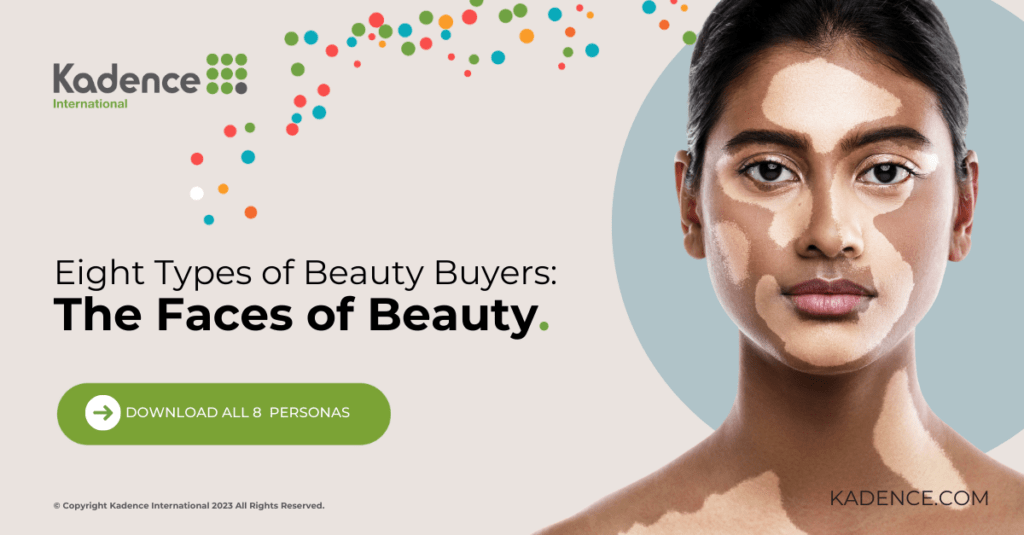

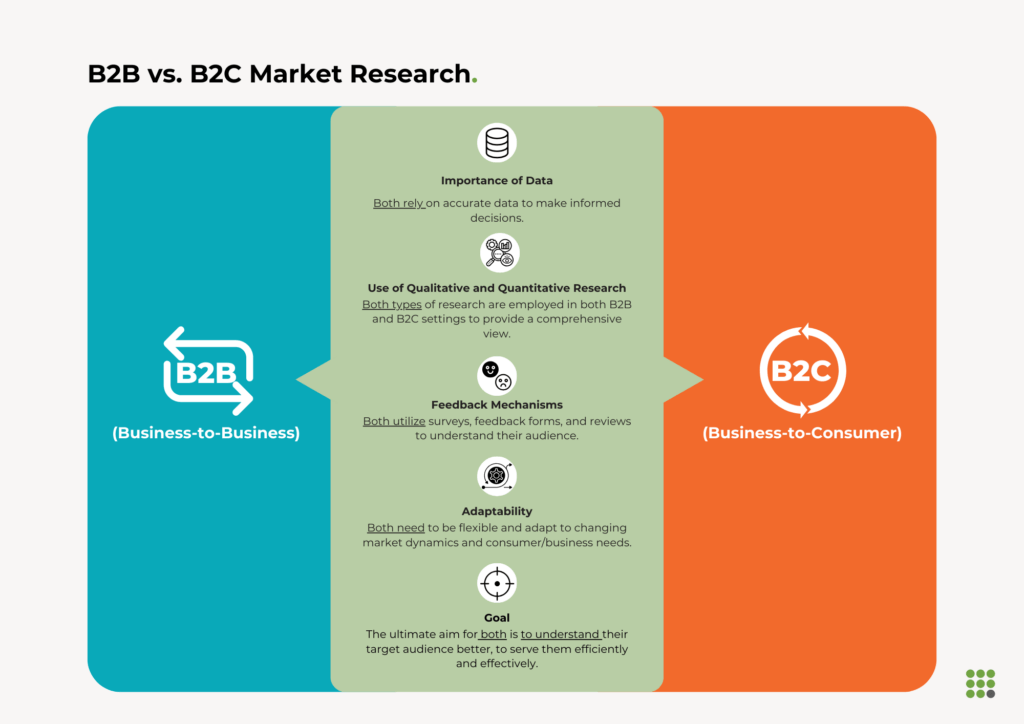
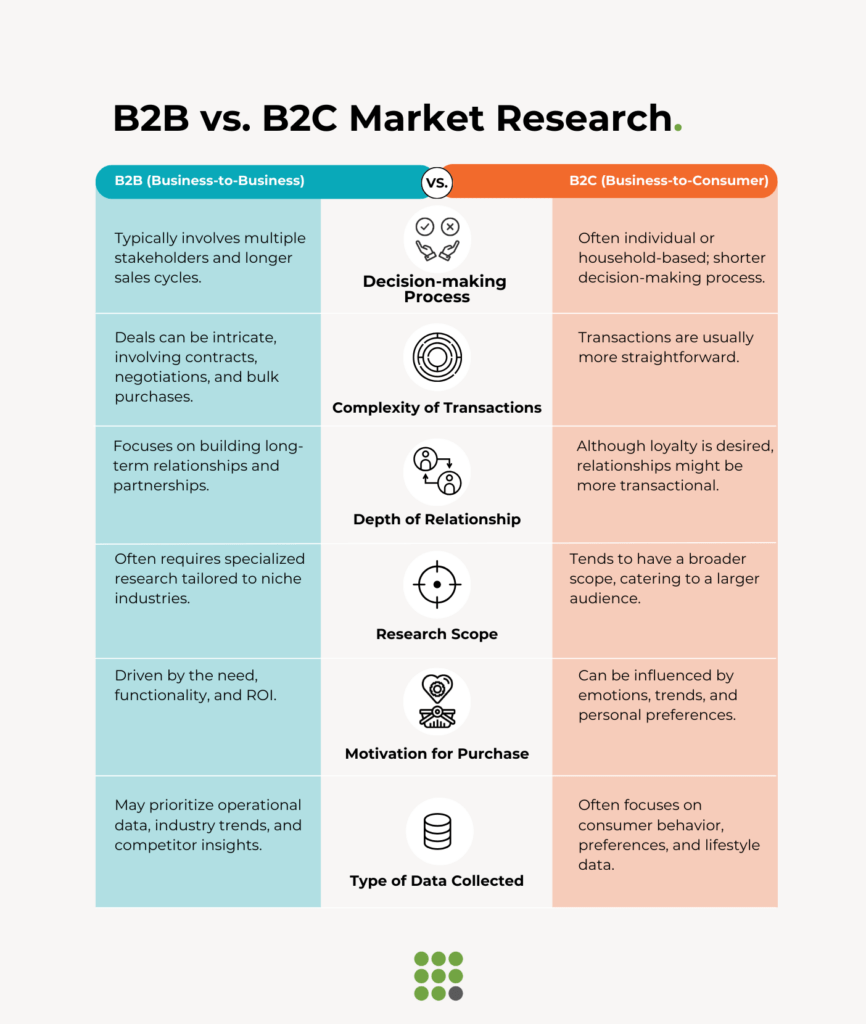
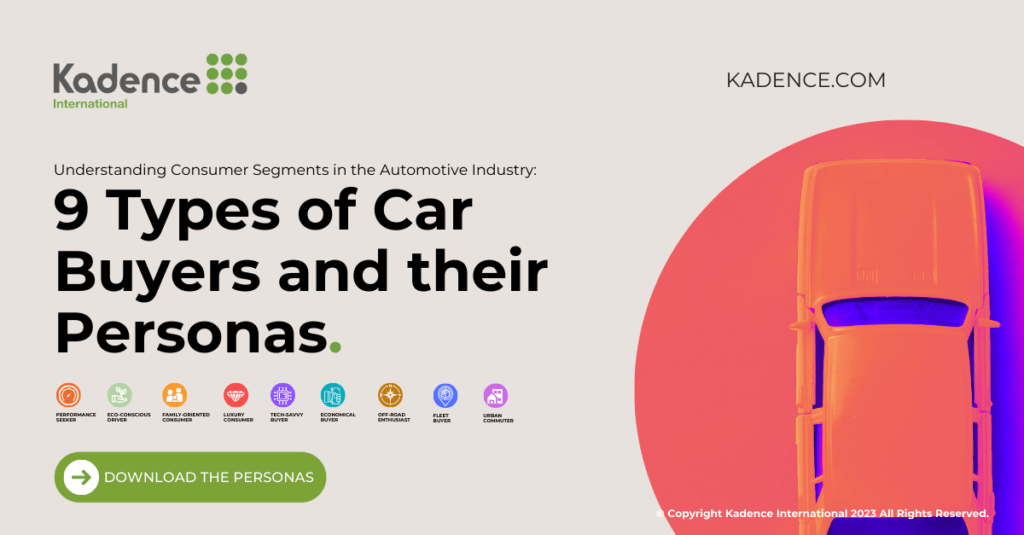
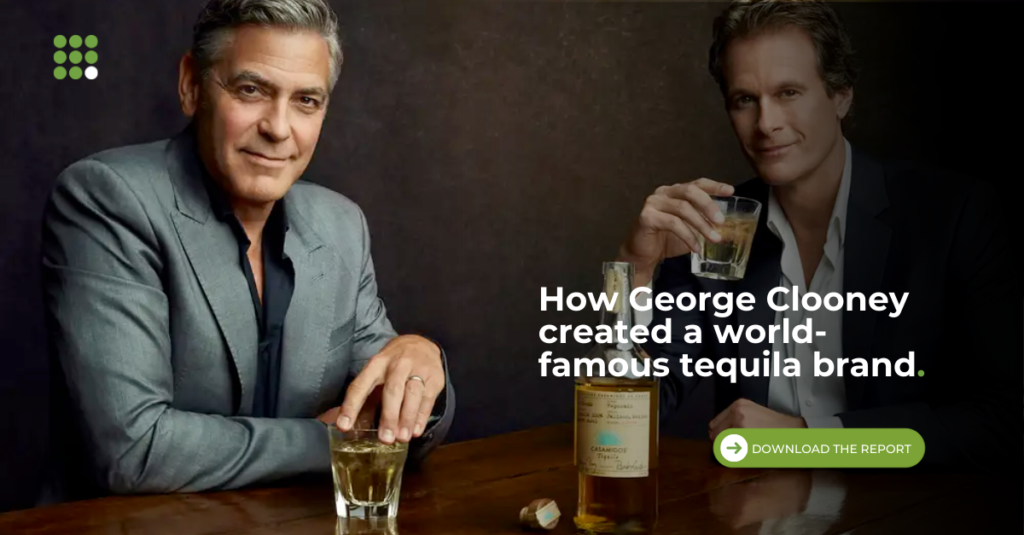
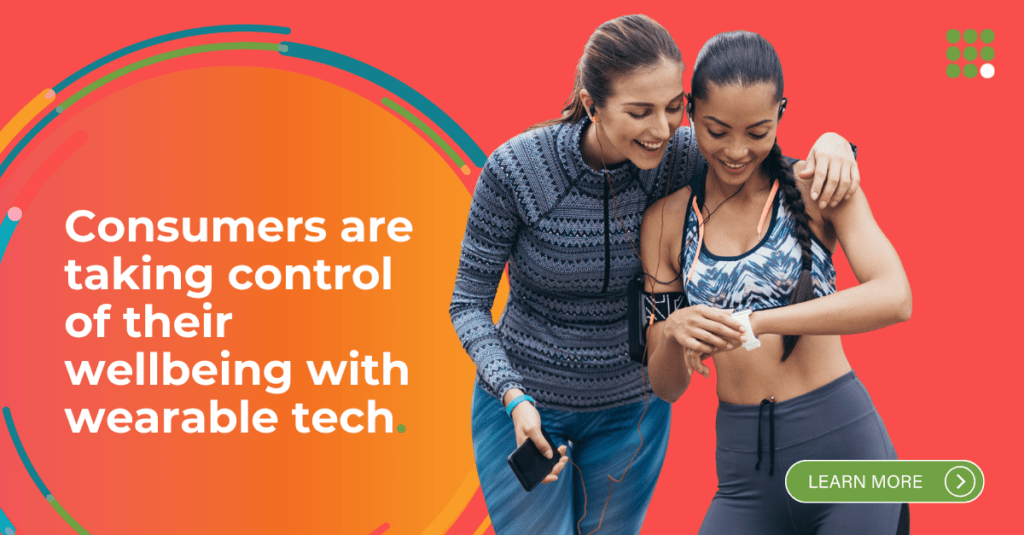
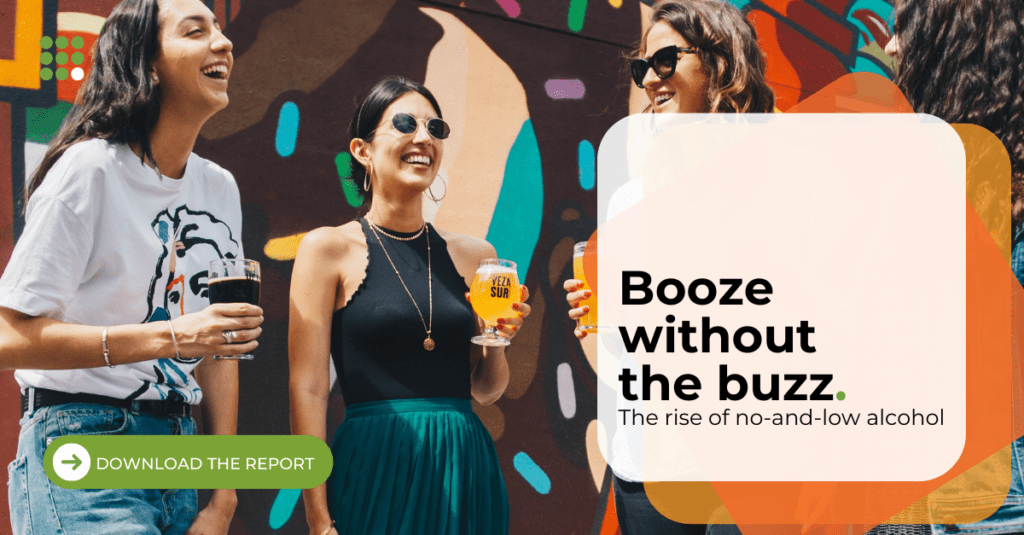
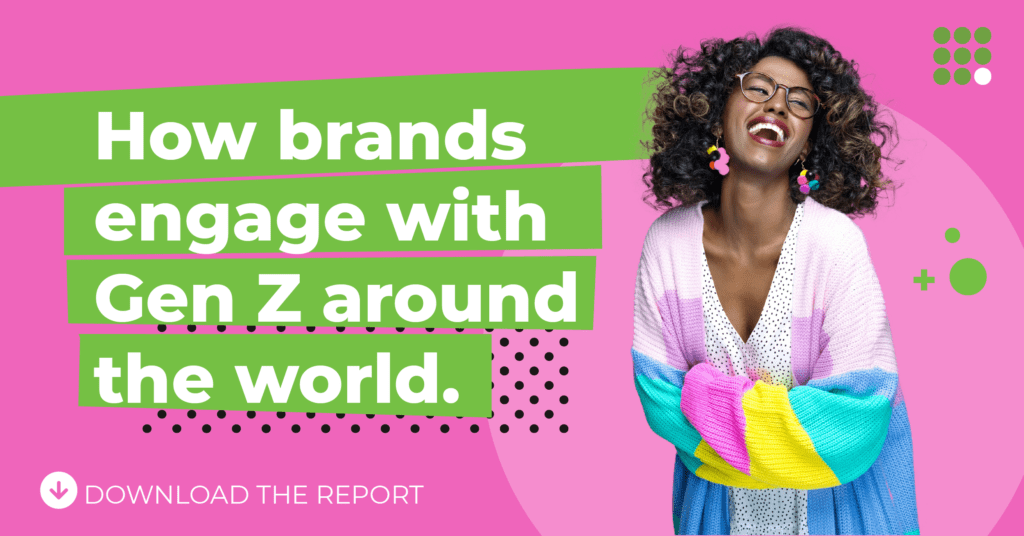
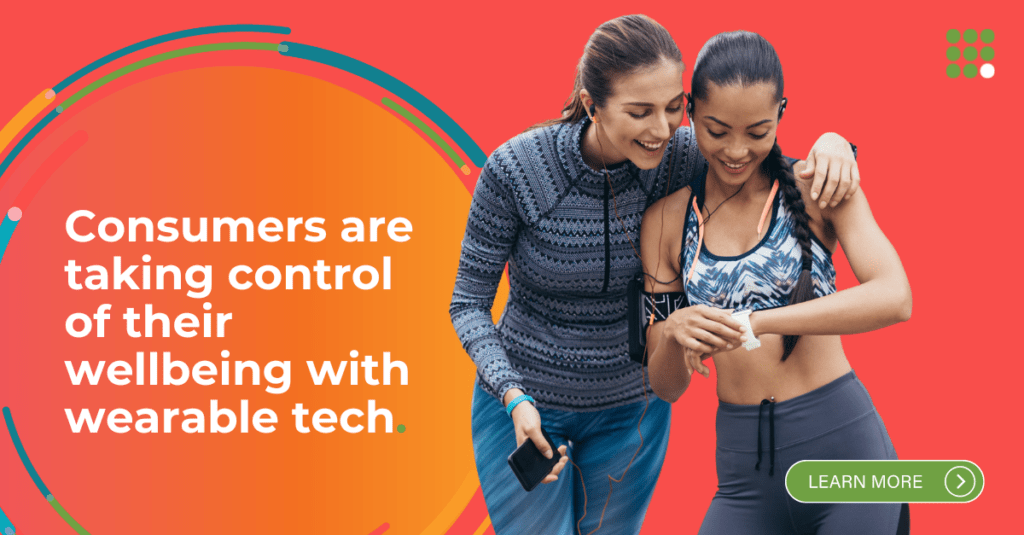
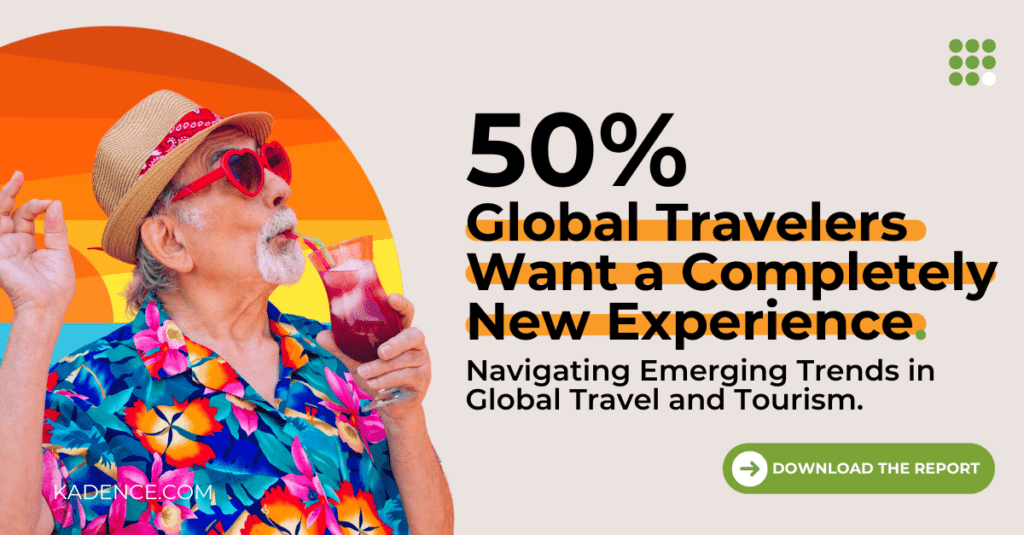
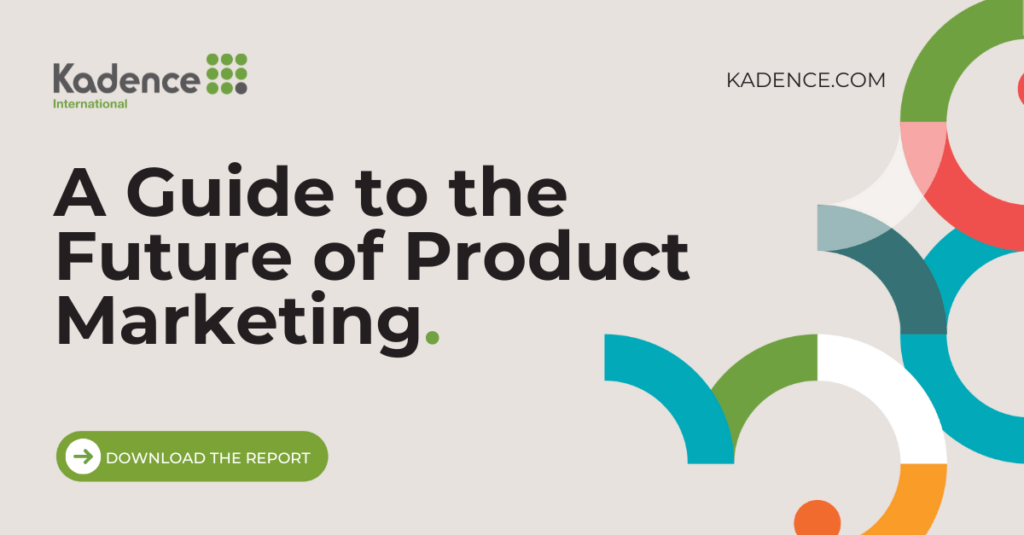


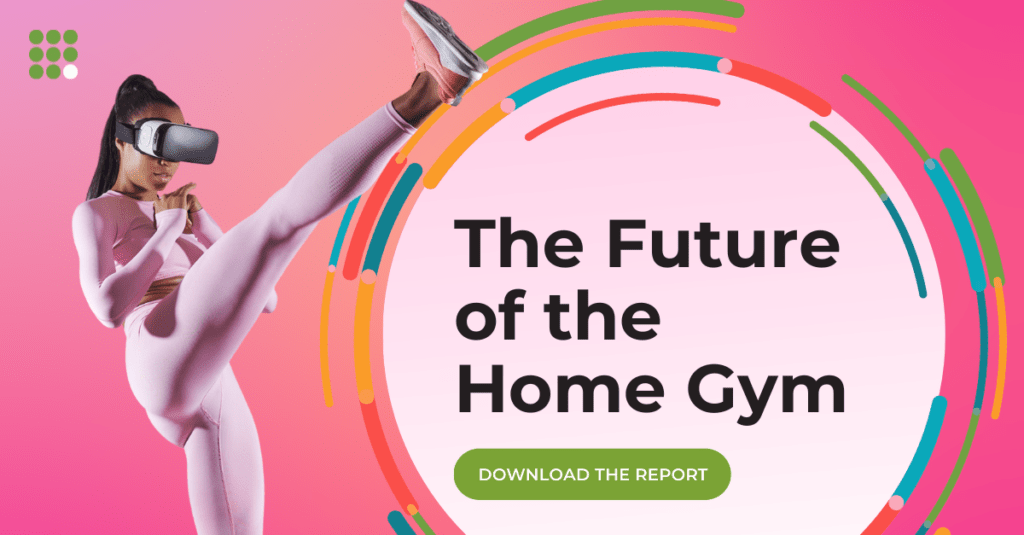

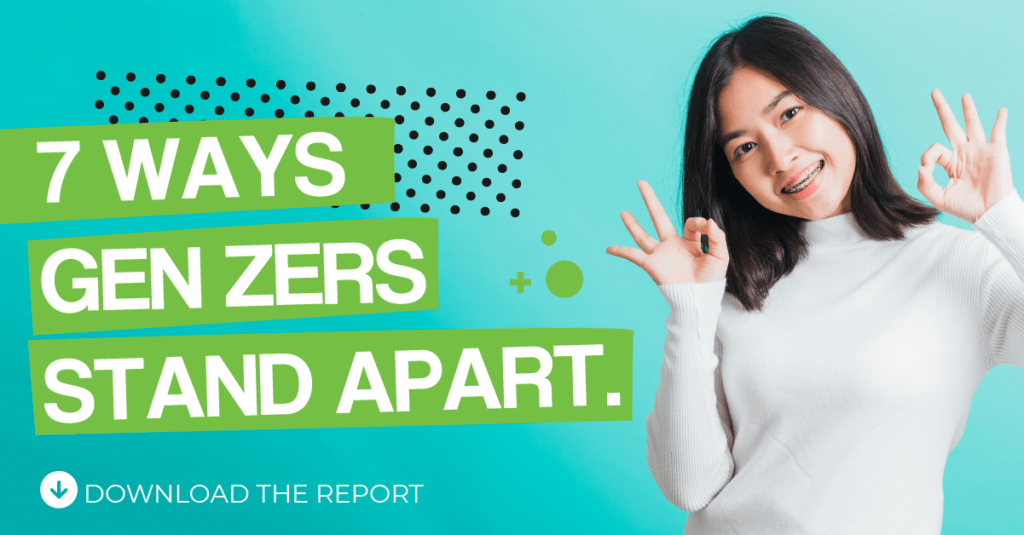
 Senior Marketing Executive
Senior Marketing Executive Sales & Marketing
Sales & Marketing General Manager PR -Internal Communications & Government Affairs
General Manager PR -Internal Communications & Government Affairs Vital Strategies
Vital Strategies
 Customer Intelligence Director
Customer Intelligence Director